Visit our main Pages
Ringley Group
Block management
Asset Management
Leasehold Guidance
Ringley Law




Block and Estate Management is about the minutia done well: the role of a Managing Agent is technical, administrative, practical and political. It takes joined up thinking to do what we do well as well as sufficient resource to react to whatever is necessary day-to-day.
As a Managing Agent we know our true business is building relationships with people. Our people are empowered and know that they can make a difference to how people feel about where they live. We call our 'Property Manager's 'Relationship Managers’ to embody our values which are to build relationships, add value, and to take the initiative. We lead the market in transparency and focusing on risk, cash, repairs and place making, usually in that order, and was the first Managing Agent to introduce a ' money back guarantee ’.
Being who we are would be impossible without our passionately committed people, whose qualifications we sponsor and who we support professionally to be the best they can be, as achieving a national training award and our Silver IIP status confirms.
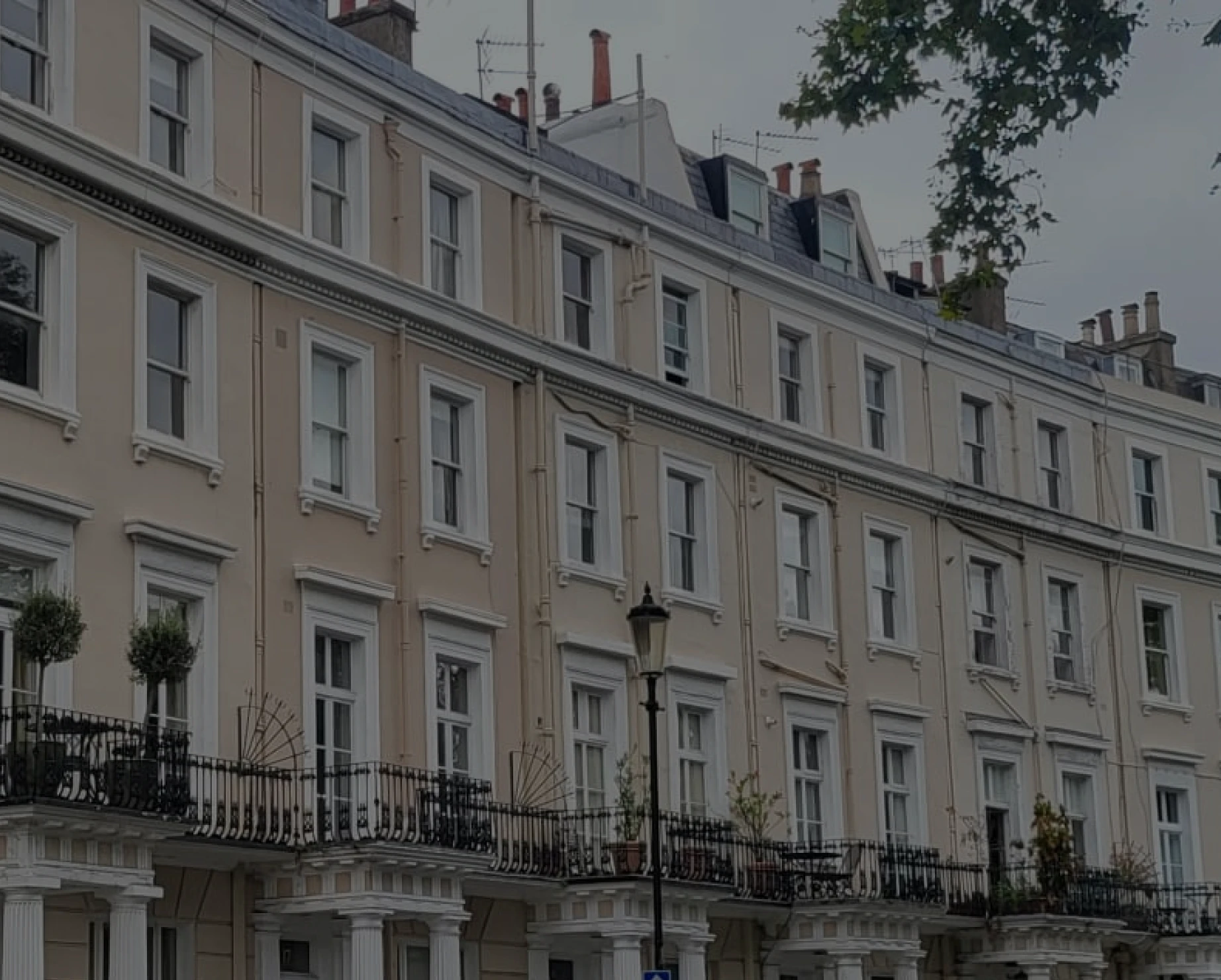

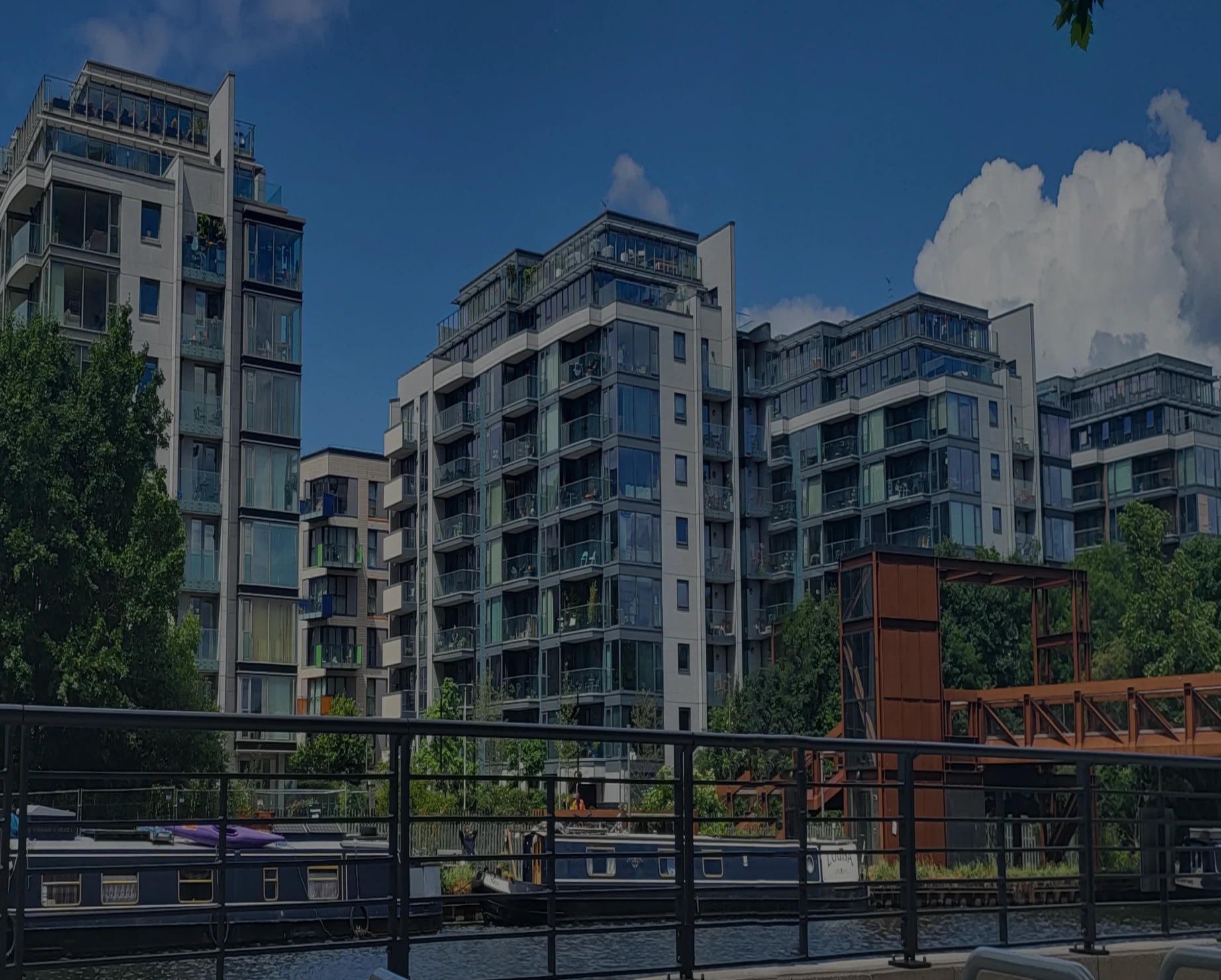

Our onboarding team will visit site to catalogue what we need to manage, set up budget templates, benchmark and database key lease clauses, and for complex sites our Facilities Management team will also inspect to understand in detail plant and equipment on site. Ringley Law will set up company and ownership registers all ahead of your nominated Relationship Manager taking over.
Block Management Packages
An online service, like internet banking: we run demands, arrears, service charge accounts & legal admin, you set the budget and upload invoices to pay
How to change Managing Agent
Changing Managing Agent needn’t be daunting, we have a team dedicated to gathering information, benchmarking leases and setting up plant registers
Learn moreRingley’s Top 10 Tips
There’s a lot you need to know to run the service charge properly: politics, law, building pathology, financial accounting, company matters, here’s a few tips
Learn moreCan’t afford a Managing Agent?
We understand the minimum fees of a full block management service may be prohibitive to small blocks – that’s why we created
www.servicechargesorted.co.uk
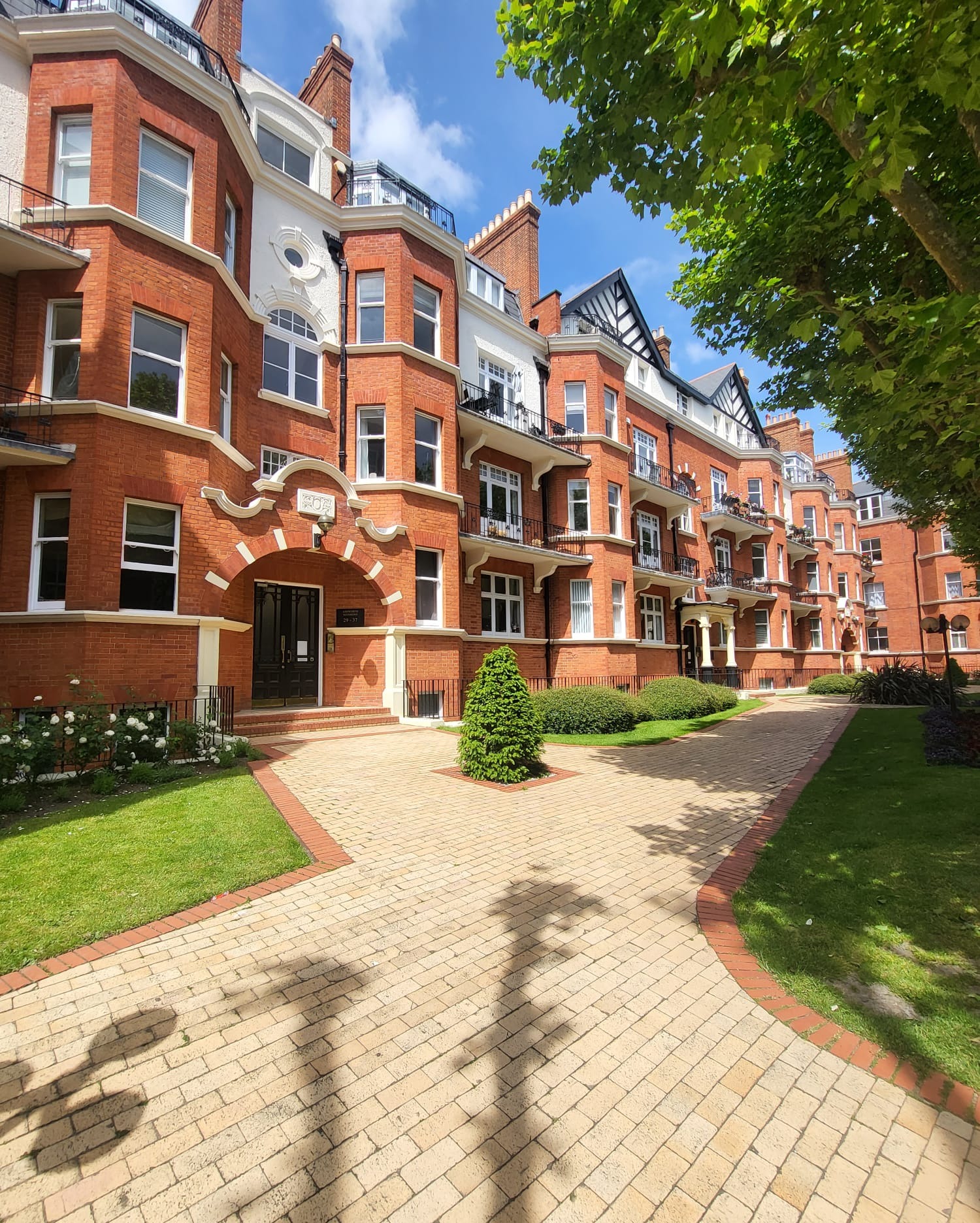
The Ringley Group is regulated by all three major bodies - Royal Institution of Chartered Surveyors (RICS), the Solicitors Regulation Authority, and the Financial Conduct Authority.






We have professional memberships in The Property Institute, The Association of Rental Living, The Institute of Fire Safety Managers, Chartered Association of Building Engineers.








Site staff are the eyes and ears of the developments we manage, they are fully connected to our customer relationship management systems. The work they do is visible to residents, e.g., day books and end of shift inspections on the Ringley Gateway portal.
We see success as the emotional connection of each resident to where they live, so the task is simple... to empower site teams to make a difference on resident at a time.
We hire and place a range of site staff including: Concierge, Caretakers, Housekeeping, Cleaners, Gardeners, Maintenance Engineers and more…
read more about site staff solutions
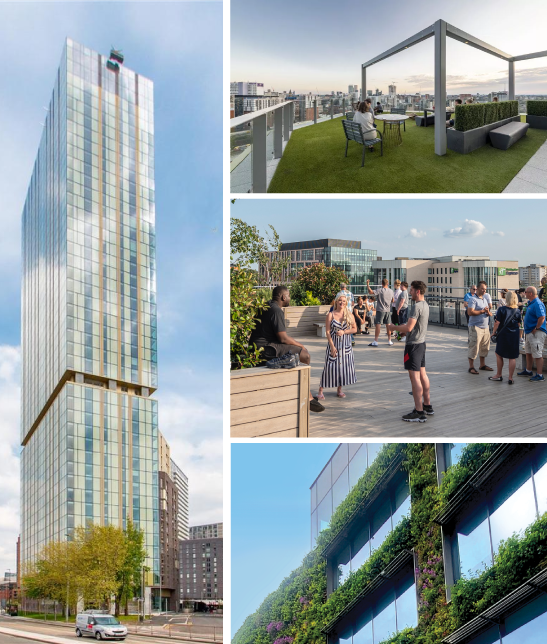

"Excellent Support from the lettings agent (Greyfriars staff) – very professional and helpful even with the smallest requests. Greyfriars Apartment Managed by Ringley Highlights: - Spacious, well-designed rooms with a high standard - Modern furniture - Fully electric (no gas), which helps reduce bills - Dedicated space for bin, parking, postbox, and Amazon deliveries - High-speed WiFi included in the rent Location: Just a 5-minute walk to Coventry Rail Station 10-minute walk to the City Centre Downside: Lift is not available for some rooms, which can make moving in a bit challenging for 3rd floor rooms Overall, a fantastic place to live with great support and amenities. Highly recommended!"
| Gaurav Narkhede 128 days ago |

"The caretaker of Hunslet House is always friendly, patient, and approachable. Anything in my apartment that needs fixing, he gets done on time. His helpful and cheerful nature makes everything easier."
| Nasreen 22 days ago |

"We have had a problem with noise from the flat above us in Lady Isle House Ferry Court Cardiff. We contacted a Mr Paul Staniforth who immediately became involved and addressed the situation. We really do appreciate what he has done for us and cannot thank him enough. Once again a big thank you to Mr Staniforth. The noise above was intolerable."
| Shane, 2 days ago |
|
|
We work alongside those deploying capital: our VirginLand by Ringley identify sites, our capital markets team work on equity and debt, our Asset Managers act as Employer’s Agent during the build for Project Monitoring. Towards Practical Completion we will be preparing always to mobilse new assets, take plant handover, recruit great teams and lease up fast.
|
|
We work to enhance the value of our Client’s asset and demonstrate good governance. To us this means engaging with leaseholders, residents and other stakeholders to ensure they are engaged with the management of each development.
|
|
Our aim is to make Management Company Directors feel empowered: to us this means 100% transparency and advising them of the options available to support decision making. We know volunteer directors have a day job, so work to delivery what they need in a timely manner and guide them on the decisions we need.
|
|
Within The Ringley Group we have a range of professional practices to enable transactions: Land Find, Valuers, Surveyors, Engineers and of course Ringley Law.
We work closely with official receivers, asset owners, lenders and tax consultants to support property owners throughout each assets lifecycle. |
Ringley is a group of companies. We are a diverse bunch with far reaching expertise in law, engineering, fire surveying and facilities management. Our data-led in-sourced model will save you money and we will listen, understand your goals and get things done. We are innovative and solutions oriented.
As a group of companies we are a diverse bunch with enough experts on board to be a one-stop-property-shop. We listen and align to each Client's goals so each of us knows what needs to be done all the while remaining innovative and solutions oriented - as a team - One Ringley.
The key to our success is our people.
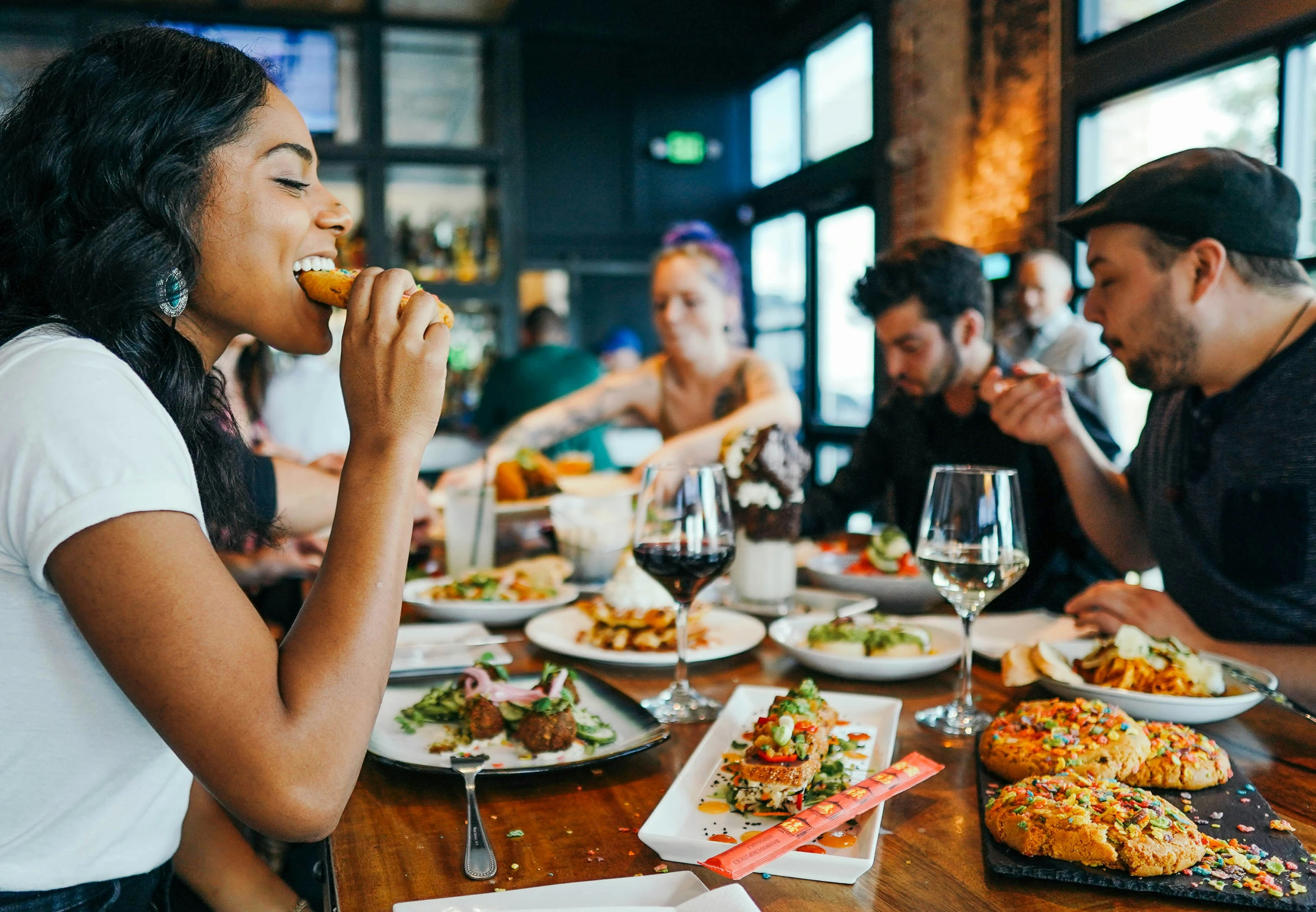
Best places to eat out in Kingston upon Thames

History of Kingston upon Thames

Most prestigious roads in Kingston upon Thames

Things to do in Kingston upon Thames

Kingston upon Thames Cultural Scene
Kingston upon Thames has had many variations in its name, for instance, in 838 AD it was called 'Cyninges tun', 'Chingestune' in 1086, 'Kingeston' in 1164, 'Kyngeston super Tamisiam' in 1321 and 'Kingestowne upon Thames' in 1589. The origins of the name means 'the king's manor or estate' from the Old English words cyning and tun, this is because the area belonged to the king in Saxon times and was the earliest royal borough.
Kingston upon Thames, a historic town in southwest London, has a rich and fascinating history that dates back to Saxon times. The name "Kingston" originates from "Cyninges tun," meaning "the king's manor or estate," reflecting its royal connections. In the 10th century, Kingston was a significant site for the coronation of Saxon kings, including Edward the Elder and Athelstan. The famous Coronation Stone, believed to have been used during these ceremonies, is now preserved in the town's marketplace. During the medieval period, Kingston grew into an important market town, benefiting from its strategic location on the River Thames. The town's weekly market and annual fairs attracted traders and visitors from far and wide, contributing to its prosperity. In the 19th century, Kingston underwent significant urbanization and industrial growth. The construction of Kingston Bridge and the arrival of the railway transformed the town into a bustling hub of activity. The town's proximity to Hampton Court Palace also played a role in its development, as the palace's staff and visitors provided a ready market for local goods. Kingston became part of Greater London in 1965, further cementing its status as a metropolitan center. Today, Kingston is celebrated for its blend of historical landmarks, vibrant cultural scene, and modern amenities, making it a unique and thriving part of London.
Visit our main Pages
Ringley Group
Block management
Asset Management
Leasehold Guidance
Ringley Law
Kingston upon Thames, located in South West London, is a historic riverside town known for its excellent schools, shopping, green spaces, and strong community feel. Kingston upon Thames offers a blend of period homes, modern developments, and village charm. With superb transport links and natural beauty, Kingston upon Thames remains a top choice for families and professionals.
Here are some of the most prestigious roads and areas in Kingston upon Thames:
Coombe Hill Road is a highly prestigious address featuring large detached homes, private estates, and proximity to Richmond Park and top schools.
Liverpool Road is a sought-after residential street lined with beautiful Victorian and Edwardian homes, close to the town centre and the river.
Kingston Hill is a grand and leafy road offering spacious properties, excellent views, and access to green spaces like Wimbledon Common.
Oakwood Road is a desirable and quiet location known for its elegant family houses and proximity to Norbiton Station and local parks.
Beaufort Road is a charming and central street with period properties and tree-lined pavements, ideal for those seeking a blend of convenience and character.
Kingston upon Thames’ most prestigious roads offer elegance, greenery, and a high quality of life. With riverside beauty, outstanding schools, and a vibrant town centre, Kingston upon Thames remains one of South West London’s most desirable and well-rounded neighbourhoods.
Visit our main Pages
Ringley Group
Block management
Asset Management
Leasehold Guidance
Ringley Law
Kingston upon Thames, a historic riverside town in southwest London, offers a delightful mix of charming old streets, riverside walks, and a thriving food scene. From cosy cafés to global cuisines and riverside dining, Kingston has something to satisfy every craving. Here are some of the best places to eat in Kingston upon Thames:
The Riverside Walk Brasserie in Kingston upon Thames: A stylish riverside restaurant offering European cuisine with beautiful views of the Thames.
Poor Boys in Kingston upon Thames: A New Orleans-inspired eatery serving po'boys, wings, and loaded fries in a laid-back setting.
Franco Manca in Kingston upon Thames: A popular sourdough pizza chain known for its fresh ingredients and simple, bold flavours.
The Grey Horse in Kingston upon Thames: A pub and live music venue serving craft beer, burgers, and hearty comfort food.
Comptoir Libanais in Kingston upon Thames: A vibrant Lebanese restaurant offering colourful mezze, tagines, and fresh juices.
Haché Brasserie in Kingston upon Thames: A chic bistro known for its gourmet burgers, French-inspired plates, and cocktails.
Cappadocia in Kingston upon Thames: A bustling Turkish restaurant offering grilled meats, mezes, and traditional desserts.
The Boaters Inn in Kingston upon Thames: A cosy riverside pub serving seasonal British dishes and craft ales with outdoor seating.
Mommy Yum Yum in Kingston upon Thames: A hidden gem serving authentic Thai street food with bold spices and generous portions.
Turtle Bay in Kingston upon Thames: A Caribbean restaurant offering jerk chicken, rum cocktails, and vibrant reggae vibes.
The Canbury Arms in Kingston upon Thames: A stylish gastropub known for its British classics, Sunday roasts, and welcoming ambiance.
The Pottery Tapas Bar in Kingston upon Thames: A family-run spot serving authentic Spanish tapas and sangria in a cosy setting.
Roz Ana in Kingston upon Thames: An upscale Indian restaurant serving refined regional dishes with contemporary flair.
Browns Kingston in Kingston upon Thames: A grand brasserie with elegant interiors offering classic British and European dishes.
Haru Korean Kitchen in Kingston upon Thames: A local favourite for bibimbap, Korean fried chicken, and homemade kimchi.
Kingston upon Thames offers a wonderful blend of casual bites and refined dining, with riverside charm and global tastes around every corner. Whether you're exploring its historic streets or enjoying a meal by the water, Kingston makes every visit delicious.
Visit our main Pages
Ringley Group
Block management
Asset Management
Leasehold Guidance
Ringley Law
Certainly! Here's your “Things to Do in Kingston upon Thames” guide, following your requested structure and formatting:
Kingston upon Thames, in southwest London, is a historic riverside town combining royal heritage, green spaces, and a vibrant arts scene. With its scenic walks, ancient market, and cultural attractions, Kingston offers plenty to explore and enjoy year-round.
Here are some top things to do in Kingston upon Thames:
Kingston Market Place in Kingston upon Thames is a lively, centuries-old market with independent traders, seasonal events, and a rich historic backdrop.
Riverside Walk in Kingston upon Thames is a scenic trail along the Thames, ideal for leisurely strolls, boat spotting, and wildlife views.
Rose Theatre in Kingston upon Thames is a modern performing arts venue offering drama, comedy, family shows, and community productions.
Ancient Market House in Kingston upon Thames is a beautiful 17th-century building and community hub in the heart of the town.
Clattern Bridge in Kingston upon Thames is one of the oldest surviving bridges in England, dating back to the 12th century.
Fairfield Recreation Ground in Kingston upon Thames is a spacious green park perfect for sports, picnics, and community gatherings.
Kingston Museum in Kingston upon Thames explores local history through exhibits on photography pioneer Eadweard Muybridge and the town’s royal past.
All Saints Church in Kingston upon Thames is a historic church where Saxon kings were crowned, with stunning architecture and peaceful grounds.
Coombe Conduit in Kingston upon Thames is a rare Tudor waterworks structure, open for guided tours on selected days.
Canbury Gardens in Kingston upon Thames is a riverside park with tennis courts, a bandstand, and lovely picnic spots by the water.
Kingston Library in Kingston upon Thames offers a wide selection of books, digital services, and quiet study spaces.
Berrylands Nature Reserve near Kingston upon Thames is a hidden wildlife haven with walking trails, streams, and local conservation projects.
The Bentall Centre Mural in Kingston upon Thames is a colourful piece of public art celebrating the town’s community and creativity.
Thames Ditton Miniature Railway near Kingston upon Thames is a charming spot for families to enjoy rides on model trains and explore railway heritage.
Outdoors Swimming at Hampton Pool near Kingston upon Thames offers open-air heated swimming with views of nearby Bushy Park.
Kingston upon Thames blends rich history with natural beauty and cultural vibrancy—making it a standout riverside destination for locals and visitors alike.
Visit our main Pages
Ringley Group
Block management
Asset Management
Leasehold Guidance
Ringley Law
Kingston upon Thames, Southwest London, is a historic riverside town rich in cultural charm. Kingston upon Thames’s ancient market square, Georgian architecture, and riverside cafes reflect Kingston upon Thames’s vibrant identity. Kingston upon Thames draws locals and tourists alike to enjoy theatre, music, and festivals by the Thames.
Kingston upon Thames’s cultural life blossoms through venues like the Rose Theatre Kingston upon Thames, where Kingston upon Thames stages plays, concerts, and community events. Kingston upon Thames Library and art spaces host exhibitions, storytelling sessions, and creative workshops. These activities reinforce Kingston upon Thames’s reputation for nurturing local talent and fostering cultural connection.
Kingston upon Thames’s calendar is filled with seasonal fairs, riverside festivals, and outdoor gatherings. Kingston upon Thames hosts art markets, music performances, and food events by the river that embody Kingston upon Thames’s creative spirit. With grassroots initiatives and Kingston upon Thames’s active community engagement, Kingston upon Thames remains a dynamic cultural hub.
Visit our main Pages
Ringley Group
Block management
Asset Management
Leasehold Guidance
Ringley Law
All content © copyright 2025. Ringley Limited. All Rights reserved. Ringley Limited, incorporated and registered in England and wales.
Registered office: Ringley House, 1 Castle Road, London, NW1 8PR. Company No. 03302438
Terms of use | Privacy Policy | Modern slavery act | Health and Safety Policy | Anti Bribery and Corruption | COVID-19 risk assessment